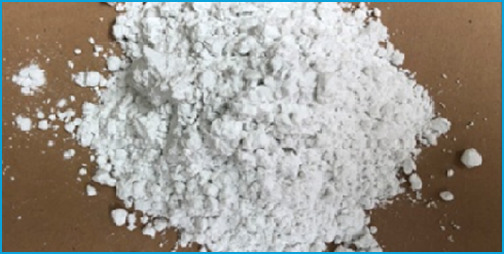
Can Diatomaceous Earth Be Eaten? Exploring the Health Benefits
September 27, 2024
Can Diatomaceous Earth Harm Beneficial Bacteria in Soil and Gut?
September 27, 2024Diatomaceous Earth for Ant Control
Diatomaceous Earth (DE) is a natural, non-toxic pest control solution made from the fossilized remains of diatoms, a type of algae. Its sharp, microscopic particles damage the exoskeletons of insects, leading to dehydration and death. This effectiveness makes it a popular choice for homeowners dealing with ants, but a common question arises.
To understand how DE works with ants and whether it reaches their nest, it’s important to delve into the biology and behavior of ants, as well as the mechanism behind DE.
Since DE kills ants by damaging their exoskeleton, it is important for ants to physically walk through or come into contact with it for it to be effective. It does not need to be ingested or carried back to the nest like some chemical baits.
Ant Behavior: Do They Take DE Back to the Nest?
Ants are social insects, meaning they come into close contact with one another in the nest. If an ant that has walked through DE returns to the nest, the DE particles may rub off onto other ants, potentially spreading the desiccating effects. This indirect contact can help reduce the population of the colony over time.
However, it’s crucial to note that DE is not a fast-acting poison like chemical baits. While it can eventually affect a nest by reducing the number of foraging ants, it is less likely to completely eliminate a colony unless consistently applied and combined with other pest control methods.
How to Use DE for Ant Control
To maximize the effectiveness of DE against ants, it's important to apply it correctly. Here are some tips to ensure you are using DE effectively:
- Identify the Ant Trails: Ants typically follow specific trails when foraging. Sprinkle DE along these trails and around entry points where ants are coming into your home or garden. This forces ants to walk through the DE and come into contact with it.
- Apply in Thin Layers: DE is most effective when applied in a thin, even layer. If you pile it up too thickly, ants may avoid it. Instead, lightly dust areas where you see ant activity.
- Focus on Entry Points: Dust windowsills, doorways, and cracks where ants are entering the house. This prevents new ants from coming inside and encountering DE.
- Reapply After Rain or Cleaning: DE loses effectiveness when wet, so it’s important to reapply it after rainfall or after you’ve cleaned areas where it was applied.
- Outdoor Use: If ants are nesting outside, sprinkle DE around the perimeter of your home and near the nest itself. This can help reduce the number of ants that enter your house.
Will DE Completely Eliminate an Ant Colony?
DE can help control and reduce an ant infestation, but it is not guaranteed to completely eliminate a colony on its own. Since ants are unlikely to carry large amounts of DE back to the nest, its impact on the deeper parts of the colony may be limited. For large infestations or deeply hidden nests, DE should be used in conjunction with other ant control methods.
Some homeowners choose to combine DE with other natural deterrents, such as boric acid, or professional pest control treatments for more stubborn infestations. Monitoring ant activity and applying DE consistently over time can help manage the ant population and protect your home from further infestation.
Conclusion
While ants may not intentionally take DE back to the nest, their foraging behavior can result in some unintentional exposure to the colony. DE is a safe and effective solution for reducing ant populations, but it works best when combined with other pest control methods. Consistent application and proper usage can lead to a noticeable reduction in ants over time, helping to protect your home and property.
For more information on DE and its uses, visit Seema Minerals & Metals, a trusted supplier of high-quality DE products.



